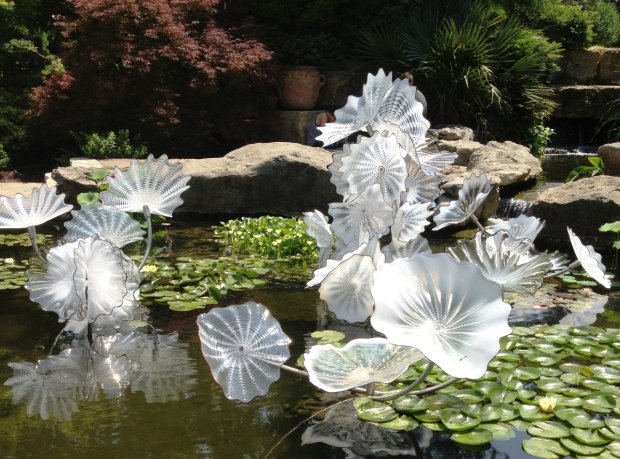Last December, I hit my one-year anniversary in the neighborhood. While I’m a busy gal and haven’t had a chance to meet everyone in the neighborhood, I’ve been really impressed with what a nice group of people my neighbors are.
In addition to moving into a house that has, well…let’s just call it a “reputation” (a little something to do with a mummy…), something else in my yard seems to have captured the attention of many of you in the neighborhood. My bottle tree. If you haven’t noticed, I’m a gardener. While my front landscape will be an ongoing work in progress, I have been able to at least put a few personal touches on my driveway bed so far.
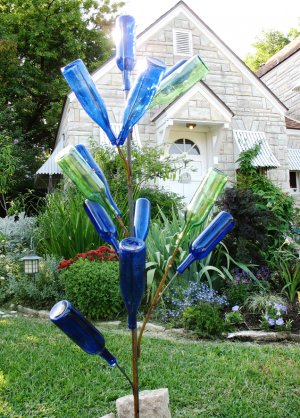
My bottle tree traveled with me from my last home, located in Little Forest Hills, and was one of the first items I placed in the front bed.
What is this bottle tree for you ask? Firstly, I happen to think it’s just pretty. I find it a nice accompaniment to plants in the garden, especially when it catches the sunlight or raindrops. The history of bottle trees goes back all the way to Africa, as early the 1700′s. It was a tradition to hang shiny objects and bright ribbons outside of the home. The thought was that evil spirits were attracted to those objects, and it kept them outside of the home. The bottles became a way to “trap” the evil spirits before they could enter. Over the years it’s become a Southern garden tradition.
My bottle tree also captured the attention of someone outside of the neighborhood; so much that they couldn’t keep their sticky fingers off my pretty blue and green bottles. This past spring, I woke up early one Saturday morning and proceeded to my garden puttering. I couldn’t put my finger on it at first, but something just didn’t seem right. It took me about 30 minutes of puttering before I realized it was my bottle tree that was naked…all my pretty bottles were gone. Really? Needless to say, I was a bit irritated. I had to drink a lot of Riesling to get all those blue bottles! No one needs to drink that much Riesling. One of the reasons I put effort into my garden is to offer beauty and enjoyment to those that live around me…it’s not a purely selfish act on my part. It’s how I interact with my community. My bottle tree or any other sculpture that I put in my yard is for all to enjoy. All I can hope is that the culprit set themselves up a pretty bottle tree in their yard for all their neighbors to enjoy.
When did I know I had really cool neighbors? When random pretty blue bottles started showing up on my doorstep. And then an entire bag of them from Bob & Shirley next door. . My bottle tree was restored. Apparently, unbeknownst to me, there was quite the chatter about my bottle tree scandal on the neighborhood email list. I had no idea this little thing had become something you all enjoyed so much and I’m much happier to now live in “the bottle tree house”. But don’t go getting any ideas…because I epoxied them on this time… 
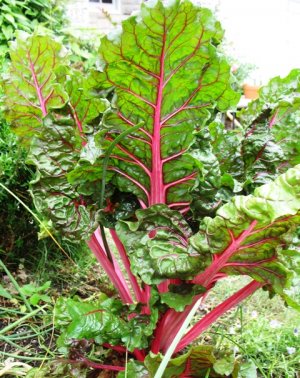 Think it's too late to get your cool season vegetable garden growing? Now way! You've got plenty of time. In much of the Southern part of the U.S., gardeners can grow vegetables year-round. In many places with extreme summers, fall and winter provide for much easier growing conditions and maintenance in the vegetable garden. Cool-season edibles like broccoli and kale can be grown for many months. It can be hard to make it to gardening classes on the weekends and the classes you want aren't always available. I get asked to teach many classes, but I can only be in so many places at once! So I've started making my programs available to take online. In Fall & Winter Vegetable Gardening 2012, Learn how to get started on your cool-season vegetable garden with a comprehensive class that covers soils, amendments, timing, varieties, care, nutrients and more! This paticular class has 90 slides with audio and several handouts. Its about a 2-hour class, but the beauty is, you can long in, stop, start and review anytime you'd like...even in your pajamas! Classes are updated seasonally, which means you'll have 3-4 months to log in and review your class.
Think it's too late to get your cool season vegetable garden growing? Now way! You've got plenty of time. In much of the Southern part of the U.S., gardeners can grow vegetables year-round. In many places with extreme summers, fall and winter provide for much easier growing conditions and maintenance in the vegetable garden. Cool-season edibles like broccoli and kale can be grown for many months. It can be hard to make it to gardening classes on the weekends and the classes you want aren't always available. I get asked to teach many classes, but I can only be in so many places at once! So I've started making my programs available to take online. In Fall & Winter Vegetable Gardening 2012, Learn how to get started on your cool-season vegetable garden with a comprehensive class that covers soils, amendments, timing, varieties, care, nutrients and more! This paticular class has 90 slides with audio and several handouts. Its about a 2-hour class, but the beauty is, you can long in, stop, start and review anytime you'd like...even in your pajamas! Classes are updated seasonally, which means you'll have 3-4 months to log in and review your class.
 Have you picked up your October issue of Fine Gardening Magazine? Check out my plant guide for some color and texture in the shade Such as:
Have you picked up your October issue of Fine Gardening Magazine? Check out my plant guide for some color and texture in the shade Such as: 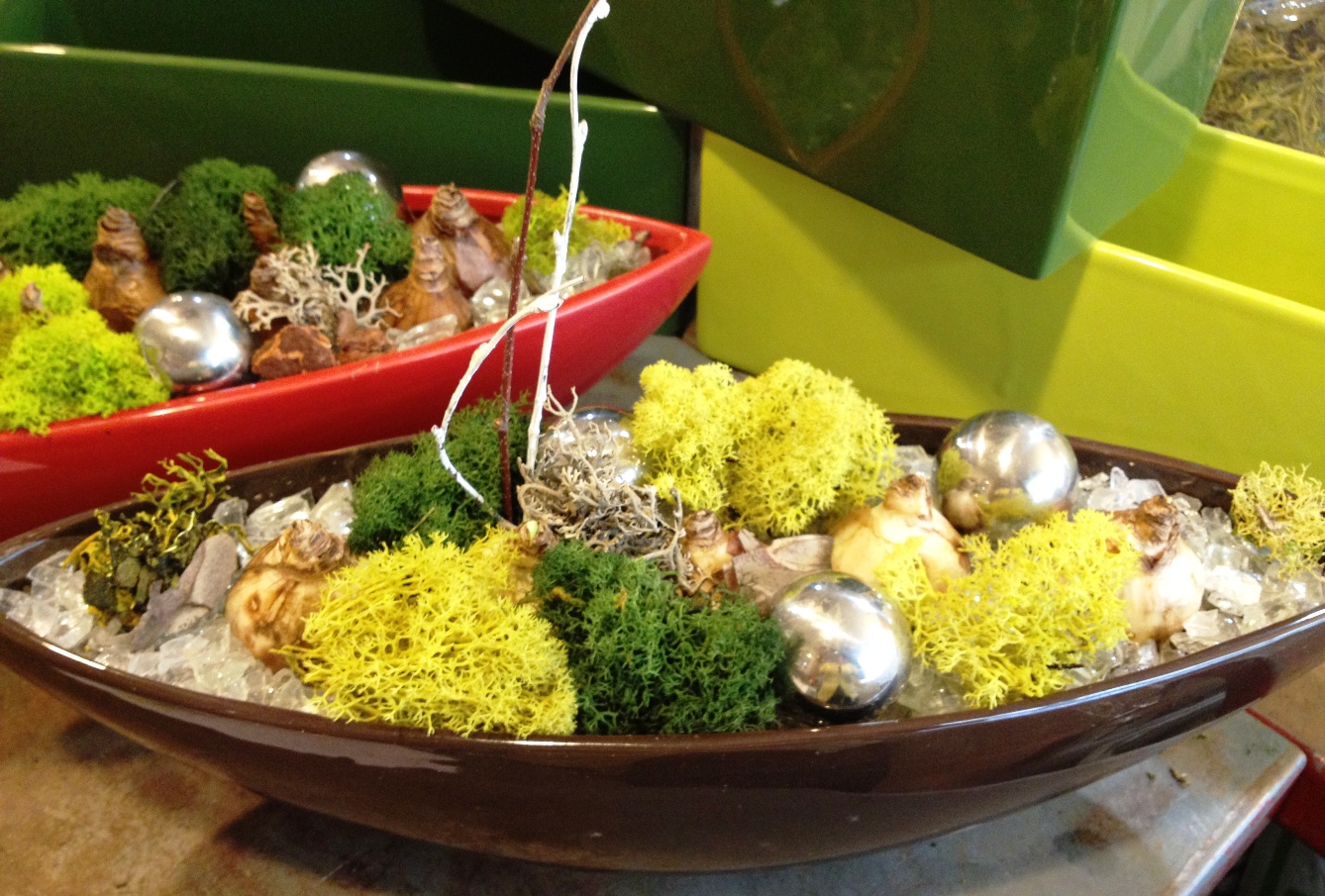
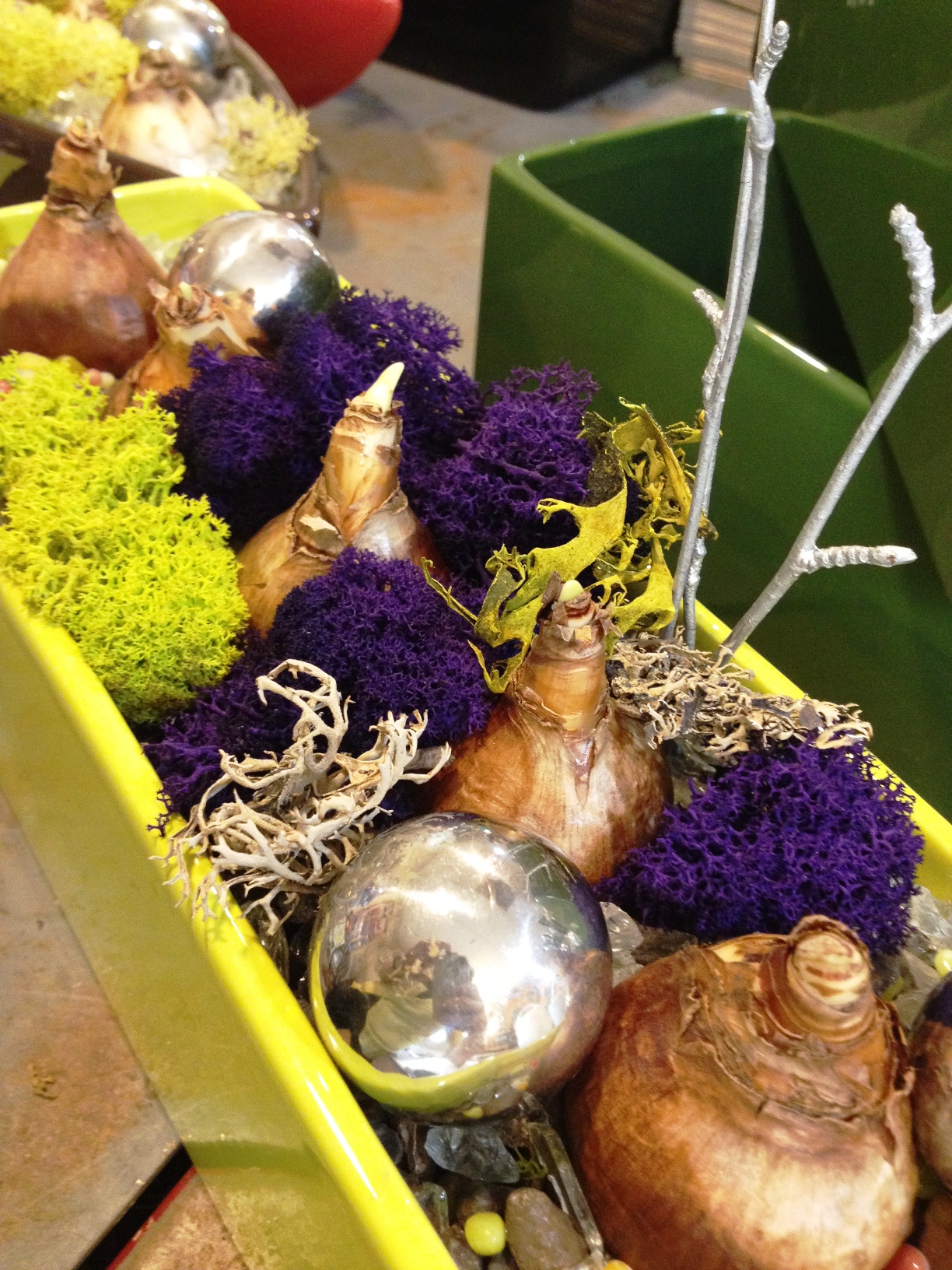
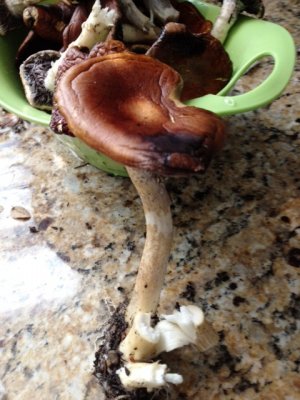
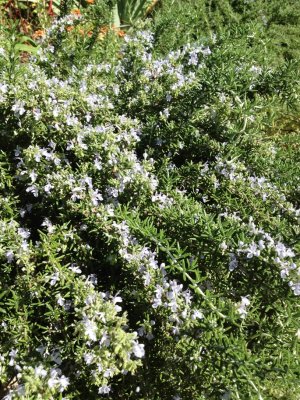 I don't know about yours, but my trailing rosemary has been blooming it's head off! This is one of the benefits of this uber-tough culinary perennial. It's drought hardy once established, is evergreen, takes the full blazing sun even next to hot summer concrete AND you can cook with it. What's not to love? Plus, it will sporadically burst into bloom, especially once cooler night temperatures arrive. My honeybees absolutely adore it. I use this trailing variety to cascade over a less-than attractive concrete retaining wall along my front driveway. It's beautiful camouflage.
I don't know about yours, but my trailing rosemary has been blooming it's head off! This is one of the benefits of this uber-tough culinary perennial. It's drought hardy once established, is evergreen, takes the full blazing sun even next to hot summer concrete AND you can cook with it. What's not to love? Plus, it will sporadically burst into bloom, especially once cooler night temperatures arrive. My honeybees absolutely adore it. I use this trailing variety to cascade over a less-than attractive concrete retaining wall along my front driveway. It's beautiful camouflage.
 Check out the new local cookbook from Edible Dallas & Fort Worth. Whether it's piquant chili con carne or watermelon soup, there's nothing quite like Texas cuisine. Now, Edible Communities celebrates the Lone Star State's culinary traditions through a close-up look at Dallas and Fort Worth. Here are recipes and specialties straight from the region's best chefs, growers, and food purveyors--farm-to-table fare like indigenous herbs and chiles; down-home grits, collard greens, and fried green tomatoes; mesquite-grilled meats; and fruit cobblers.
Check out the new local cookbook from Edible Dallas & Fort Worth. Whether it's piquant chili con carne or watermelon soup, there's nothing quite like Texas cuisine. Now, Edible Communities celebrates the Lone Star State's culinary traditions through a close-up look at Dallas and Fort Worth. Here are recipes and specialties straight from the region's best chefs, growers, and food purveyors--farm-to-table fare like indigenous herbs and chiles; down-home grits, collard greens, and fried green tomatoes; mesquite-grilled meats; and fruit cobblers. 